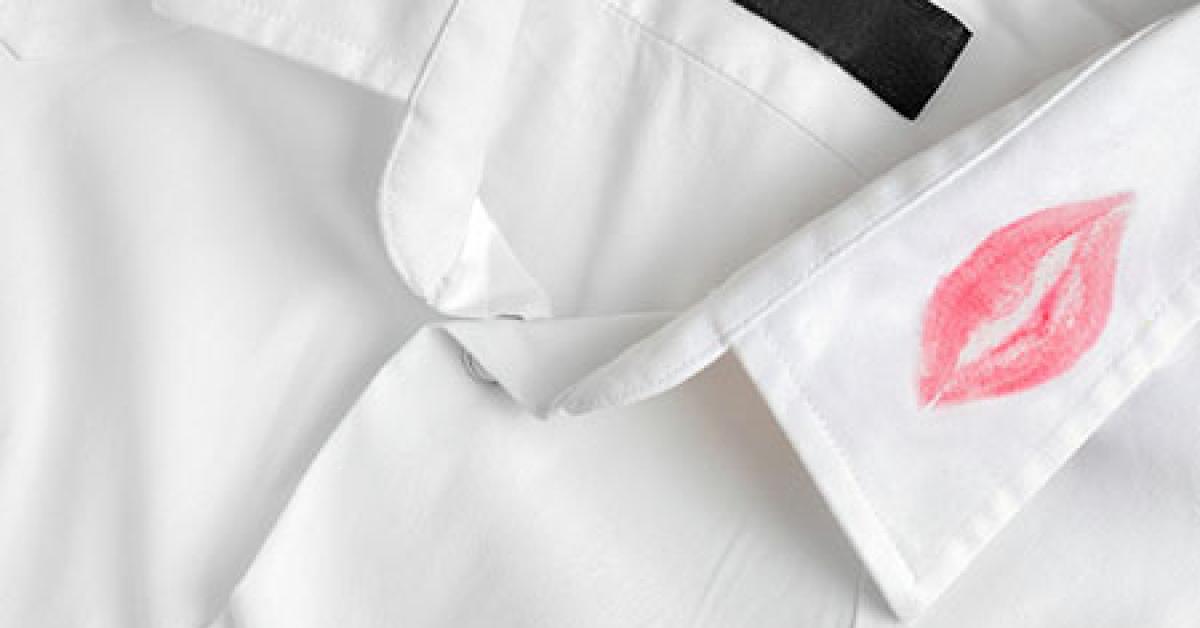CONCORD, N.C. — Makeup on garments was and is a problem for the garment care professional. We all know cosmetics accentuate the face and help skin to attain that desired glow. We also realize it takes time and effort to look our best. But the makers of beauty products give little thought to what happens when those same products accidentally, but invariably, find their way onto people’s clothing.
From the standpoint of the cleaner/spotter, cosmetics should be viewed as a blend of a carrier and some form of pigment. In the case of lipstick, that carrier is a wax-type substance. Mascara is an oily liquid, and a base is a combination of both pigment and liquid. I strongly recommend that cosmetic stains be pre-spotted on the dry side before being exposed to the immersion cleaning system.
Lipstick, lip liner and lip gloss contain pigment. The risk of your actions causing that pigment to set should always be taken into consideration. Break down the carrier on the dry side, knowing that as the carrier is flushed, it will carry away a majority of the pigment. It is still a good mindset to approach these particular cosmetics as colored wax.
Apply a good POG remover over the solid portion of the spotting board and then tamp the stain to drive the bristles into it, penetrating the surface and carrying the POG into the stain. When the POG alone no longer achieves results, you can add a few drops of amyl acetate to act as a co-solvent in further breaking down the stain. When the POG is no longer effective on the stain, proceed with your solvent immersion processing. Any remaining pigment can be removed by using spot bleaching at the board or for larger areas, and an immersion bleach bath.
I usually start with sodium perborate, then move on to titanium sulfate for blue dyes and ink, and sodium hydrosulfite for red dyes and berry stains. Chlorine bleach has its place, but it is never my first choice when bleaching, and it is never used on protein fibers.
Mascara, eye liner and eye shadow are found in the darker shades of brown and black. I have adopted the habit of treating eye liner and mascara as an insoluble stain. Place the stain over the solid portion of the spotting board and tamp lightly with a slop spotter or general pre-spotter. Apply an oily type paint remover to lubricate and break down the stain. Tamp lightly until the stain is floating on the pre-spotting solution. Dry-clean to flush the stain from the garment.
The toughest of the cosmetics stains is the base that is applied before the other makeup. It is formulated to even skin tone and contains both lotion and pigment. The lotion contributes to penetration, while the pigment contributes color. The initial action is to work the stain much like lipstick, using a general pre-spotter and a good POG. But since the lotion has carried the stain deeper into the fabric, tamping time and effort should be increased. White blouses will often require soaking in a bleach bath of sodium hydrosulfite to complete a superior restoration.
Cosmetics are far too close to paint to ignore the similarities. If you do a good job on those stains found on dresses and blouses, more suits and shirts are sure to follow. Raising the ticket total goes a long way toward making your business a success.
To read Part One, click HERE.
Have a question or comment? E-mail our editor Dave Davis at [email protected].

